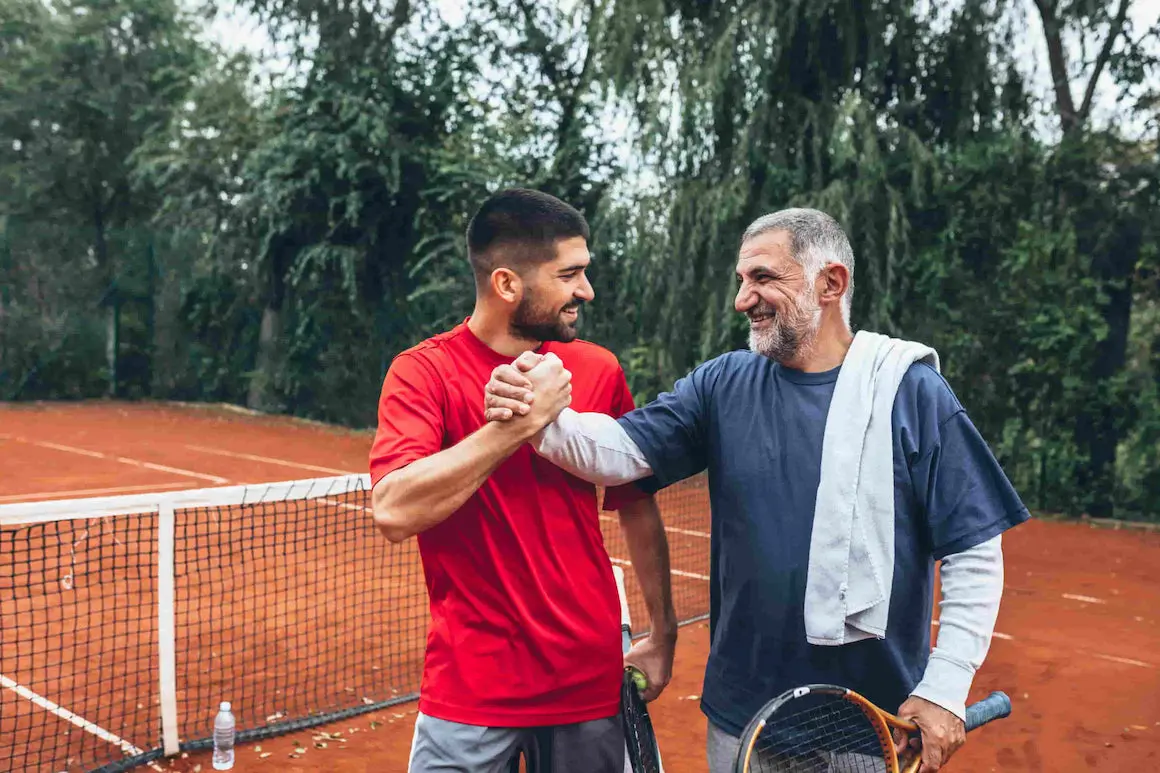
Best hearing aids for active lifestyles
Published: February 27, 2023Updated: March 11, 2025
Back to list
Hearing loss and wearing hearing aids don’t have to stand in the way of an active lifestyle. Whether you’re 18 or 80 years old, individuals with hearing loss who wear hearing aids should still be able to enjoy the activities they love. Here are some tips on how to find the best hearing aid for sports.
How to buy the best hearing aid for sports
When selecting a hearing aid suited for an active lifestyle, there are three key factors to consider:
Comfort
A hearing aid that is uncomfortable or prone to falling out will become a significant nuisance during sports. It’s essential to choose a device that fits securely in or behind your ear without feeling loose or uncomfortable.
Protection
Your hearing aids must be moisture and sweat-proof. Look for devices with nano coating, as it protects against moisture, dirt, dust, and water. Devices with moisture protection can last longer, even when exposed to the demands of sports.
Battery life
Whether you use battery-operated or rechargeable hearing aids, you’ll want to ensure they can last through long training sessions or events. Choose a hearing aid with long-lasting batteries or a portable charging case, so you can charge your devices on the go.
How to care for your hearing aid after playing sports
Remove excess moisture
Moisture can damage your hearing aid’s functionality. Use drying crystals or a hearing aid dryer to remove moisture as soon as possible. Placing your hearing aids in a dryer or a container with crystals overnight will help them dry completely.
Replace damaged parts
If any components such as domes, tubes, or receiver wires are damaged during your sports activities, replace them immediately. Avoid using the devices until the damaged parts are replaced, as using a damaged hearing aid can worsen your hearing.
Hearing aid types that are suitable for sports
There are three types of hearing aids that may be suitable for your sporting activities. Consider whether you’ll need to wear headgear or other equipment around your ears when choosing the right device.
Completely-in-canal (CIC) hearing aids
CIC hearing aids are among the smallest available, with no tubes or wires that could get caught on sporting equipment. They fit snugly inside the ear canal and are less likely to fall out if properly fitted. CIC hearing aids are ideal for intense workouts.
Behind-the-ear (BTE) hearing aids
BTE hearing aids are practical and work well for indoor activities with gentler movements. However, they may not be ideal for high-impact or vigorous exercises.
In-the-ear (ITE) hearing aids
ITE hearing aids are a great option for sports that involve headgear. They offer a discreet fit and work well for activities like running and cycling.
Tip: A useful tool called a hearing aid sport lock can help keep your hearing aids securely in your ears during sports activities. It’s available for purchase on Amazon.
The best hearing aids for sports
Lexie Lumen
Lexie Lumen hearing aids are an excellent choice for active individuals. They feature a sweatproof nano-coating for moisture protection. Lexie Hearing also includes drying crystals in each box to help remove excess moisture. Keep an eye out for promotional offers that include a hearing aid dryer.
Lexie Powered by Bose
Lexie Powered by Bose hearing aids are water-resistant and can withstand light exposure to rain or water, making them perfect for sports. Their batteries last up to 56 hours, ensuring they won’t let you down during extended activity.
Go Hearing Aids
Go Hearing aids are perfect for those seeking a hearing aid that can handle strenuous activity. These small, in-the-ear devices offer up to 30 hours of battery life per charge. With customizable ear buds, they provide a comfortable, secure fit. The small charging case is convenient for carrying and charging the devices while you’re active.
Get your Go Lite or Go Prime hearing aids today by visiting our website or calling (302) 754-3190 to speak to a Go Hearing product expert.
Written by Lise Oelrich